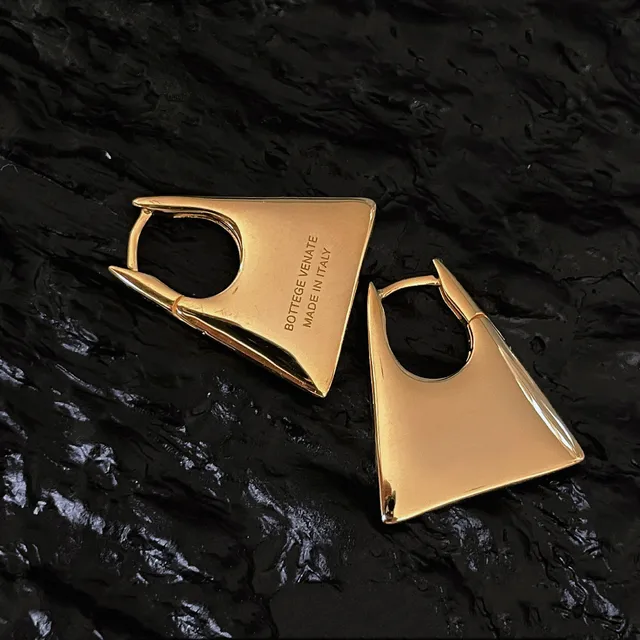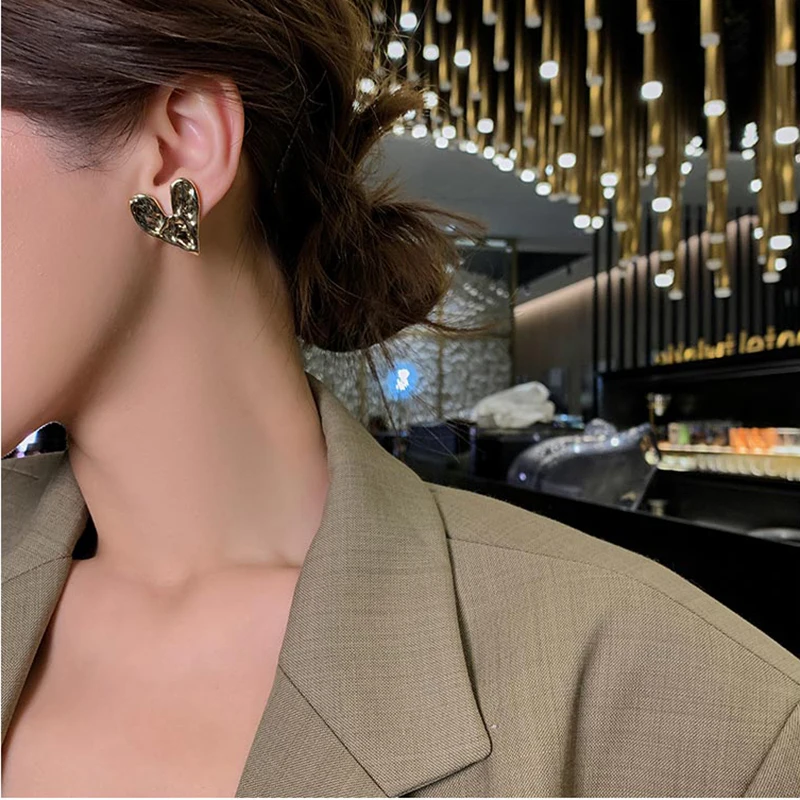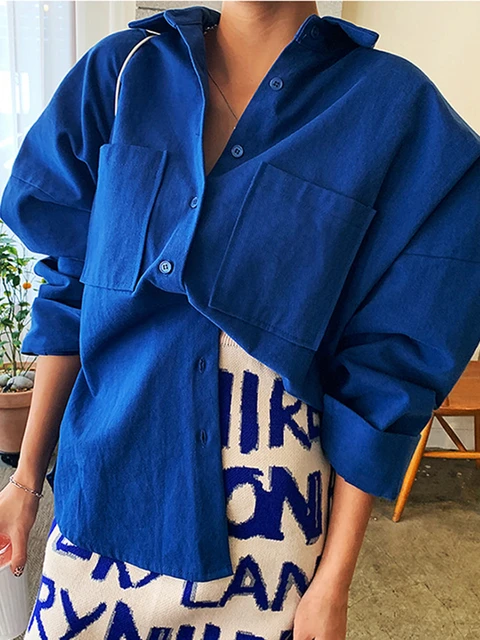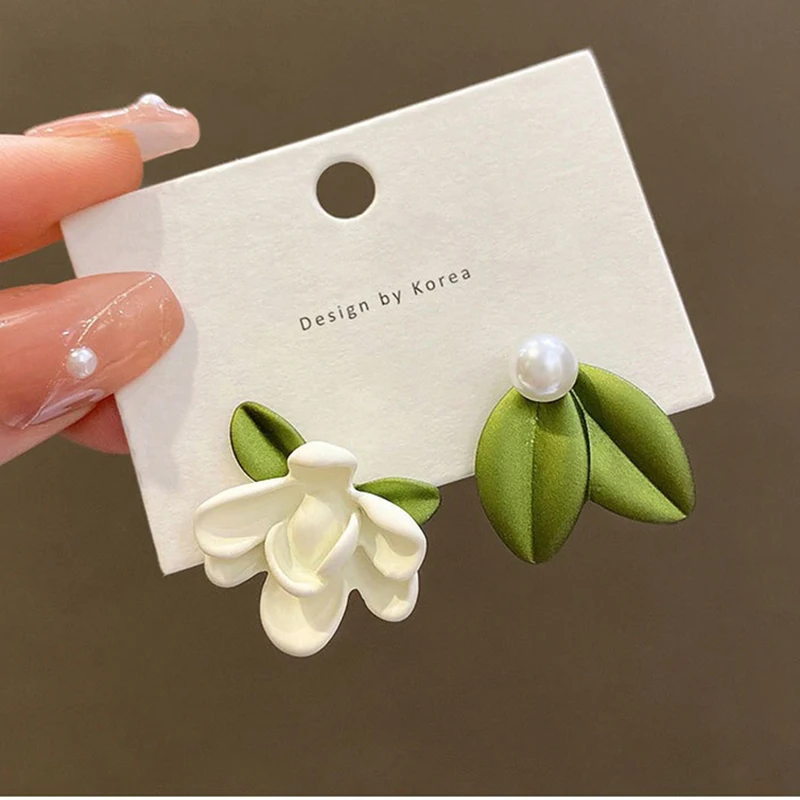Some lights defy being pigeonholed in terms of when they were designed. , designed in 1958 for the Danish lighting company , certainly fits into this category.
Created with three shades and made from spun aluminium, the resembles opal glass and brass pendant light released in 1925 at the Paris Exposition des Arts Decoratifs. While the materials used can’t be compared, the shape of both pendant lights features three tiers that reduce glare and create a focal point on a dining table.
One can easily imagine the excitement from architects and designers who saw the modernist light in 1925 – the likes of eminent architects such as who often used Henningsen’s lights in his modernist streamlined houses and apartments. Others would have simply been intrigued by the omission of glare and its light and ethereal appearance, a characteristic of the Danish sensibility both then and now.

The in the | Photography by
While Henningsen trained as an architect, he switched to studying at the Technical School in Frederiksberg, Denmark, before studying at the Technical College in , becoming an inventor and a painter. Even at the age of 16, he came up with a scheme for a self-pumping bicycle. While the is considerably smaller than a bicycle wheel, the 50-centimetre diameter of the main shade provided its name – PH 5. And rather than one source of light emitting from one fixture, there’s soft luminous light projected onto each shade, with the light creating a glow onto the tabletop or a floor below.
As with many icons that have been reinterpreted over the decades, the is now available in classic white as well as in six other colours – often with the darkest hue of that colour at the top of the shade and graduating in lighter tones below. One of the stories behind this design, be it the pendant light or the later PH 5, was about the problem of achieving a consistent shape and size for light bulbs produced by bulb manufacturers.

Renato D’Ettorre Architects has used the PH 5 in a number of its bespoke houses, including one of their most recent, located in Kyama, New South Wales. The minimalist two-storey brick house features simple bagged and painted brick walls, together with concrete floors and ceilings. The dining area, which includes a double-height space and a large picture window to the northeast, is simply furnished – with a Danish dining table and chairs from Great Dane and a PH 5 light hovering above this setting. “The house certainly has a strong mid-20th century feel, with clean lines and simple finishes,” architect Renato D’Ettorre says, who worked closely with interior designer Belinda Brown. “But the PH 5 is also a timeless design that creates a wonderful quality of light. Its design is still as important today,” Belinda adds.
For Renato, the PH 5 lends itself to simple and robust interiors, whether from the 1920s, in the post-war period or, as demonstrated in fine contemporary homes today. “They’re not overly fussy but come with an elegance that makes them timeless.”

The in the | Photography by


The in | Photography by

The in | Photography by
The post appeared first on .

































